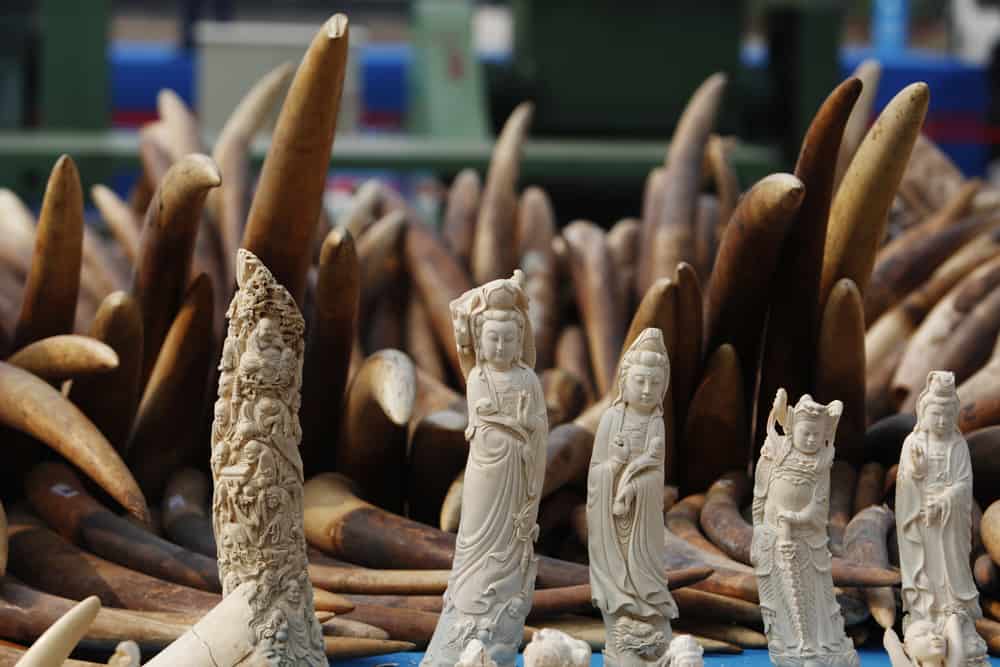Do you have any unique ivory antiques collecting dust in your attic? We’re here to help you make a profit while learning how to sell your ivory antiques legally and efficiently.
Since ivory products are traditionally made from elephant tusks or animal teeth, various import and export laws limit their sale. You may be able to sell ivory antiques legally if you meet either the Endangered Species Act (ESA) Antique Exception or the De Minimis exception. You must also reside in a state or country where selling ivory under these exceptions is permitted.
Let’s dive into what these exceptions are and how your ivory antiques can qualify for them.
Table of Contents
Is It Illegal to Sell Ivory Antiques?
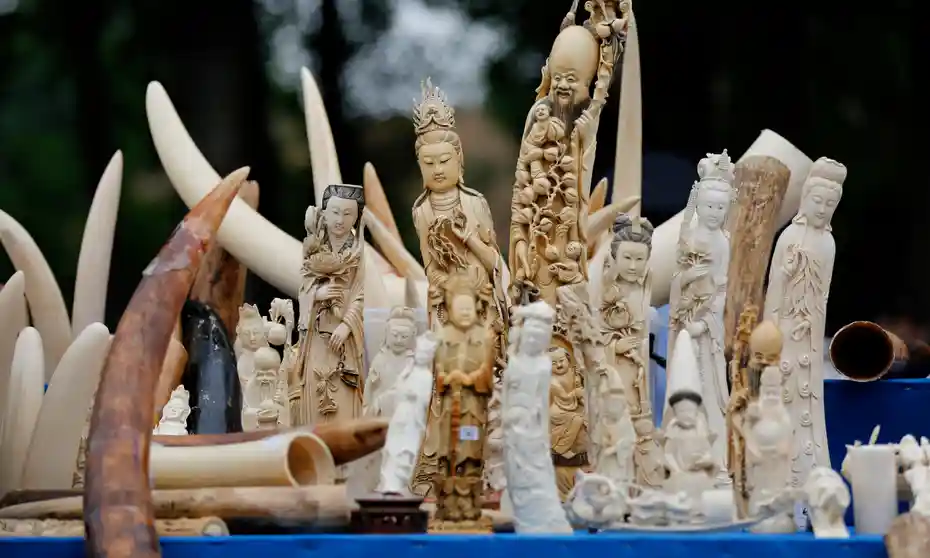
In most cases, it is illegal or extremely difficult to sell ivory antiques. In 1973, the ESA began a program created for the conservation of endangered or threatened animals, which included limitations on which animal products could be imported, exported, and sold in the United States.
The ESA is overseen by the U.S. Fish and Wildlife Services (FWS) and the U.S. National Oceanic Atmospheric Administration. The FWS’s list of endangered species includes the protection of Asian and African elephants, as they are often poached for their tusks.
Apart from the ESA, the Convention on International Trade in Endangered Species of Wild Fauna and Flora (CITES) also set international guidelines for the possession of and transferring of ivory.
For example, California, New Jersey, and New York have banned the transfer of ivory items from mammoths altogether, even for antique dealers. Meanwhile, Hawaii bans ivory sales completely except for the federal exemption.
There are a few exemptions for musical instruments or antiques for some of these states, detailed below.
| State | Ivory Ban | Exemptions | Penalties |
| New Jersey | The selling, purchasing, importing, or bartering of ivory, rhinoceros horn, or any item partially or fully made from either | -Transferring the ivory to legal beneficiaries after death
-Educational or scientific purposes -Federal or state law enforcement activity -authorized under federal law |
-1st offense: a misdemeanor charge and either a $1,000 fine or a fine of twice the value of the ivory involved, whichever is greater
-For a second or subsequent offense penalties, see here |
| New York | The selling, purchasing, importing, bartering, or distributing of ivory articles or rhinoceros horn | -Antiques over 100 years old with < 200% ivory
-Musical instruments created before 1976 -Distributions to legal heirs -Educational or scientific purposes |
-Fines range from $500 to $5,000
-Prison time ranges from 15 days to up to 7 years |
| Washington | The selling, purchasing, importing, bartering, or distributing of products made with endangered animals, including ivory | -Antiques more than 100 years old with <15% animal product
-Musical instruments with <15% animal parts -Distributions to legal heirs, for scientific purposes, or federal/state law enforcement activity -Expressed under federal law
|
-Misdemeanor punishable by up to 1 year in prison and up to $5,000
-Felony punishable by up to 5 years in prison or up to $10,000 -Additional wildlife penalty of $2,000-$4,000 -Seized products
|
You can only sell an ivory antique legally if it meets the ESA Antique Exemption, the De Minimis Exemption, and/or your state’s regulations. Failing to do so could result in fines or even jail time depending on your state and the value of the ivory involved.
Even transferring your ivory antique to another state could be a punishable offense – always check with your federal and state regulations before proceeding.
Rules on Selling Ivory Antiques
To sell your ivory antique, you’ll need to have ample documentation describing what it’s made of, where and when it was made or manufactured, and when it was imported to the United States.
Those wishing to sell their ivory out of state or internationally must request a CITES permit. Sellers must adhere to all local and federal regulations in their area.
There are some basic sets of rules for either Asian or African ivory items being imported or exported within the United States.
African ivory antiques:
- Cannot be imported for commercial purposes
- Can be imported for non-commercial purposes if they were removed from the wild before February 1976 (the year of CITES) and are a sport-hunted trophy, scientific or law enforcement specimen, or part of an inheritance. All ivory products need a CITES permit before leaving their country of origin.
Asian ivory antiques:
- Can be imported for commercial purposes if it qualifies for an exemption and has a permit
How to Sell Ivory Antiques Legally
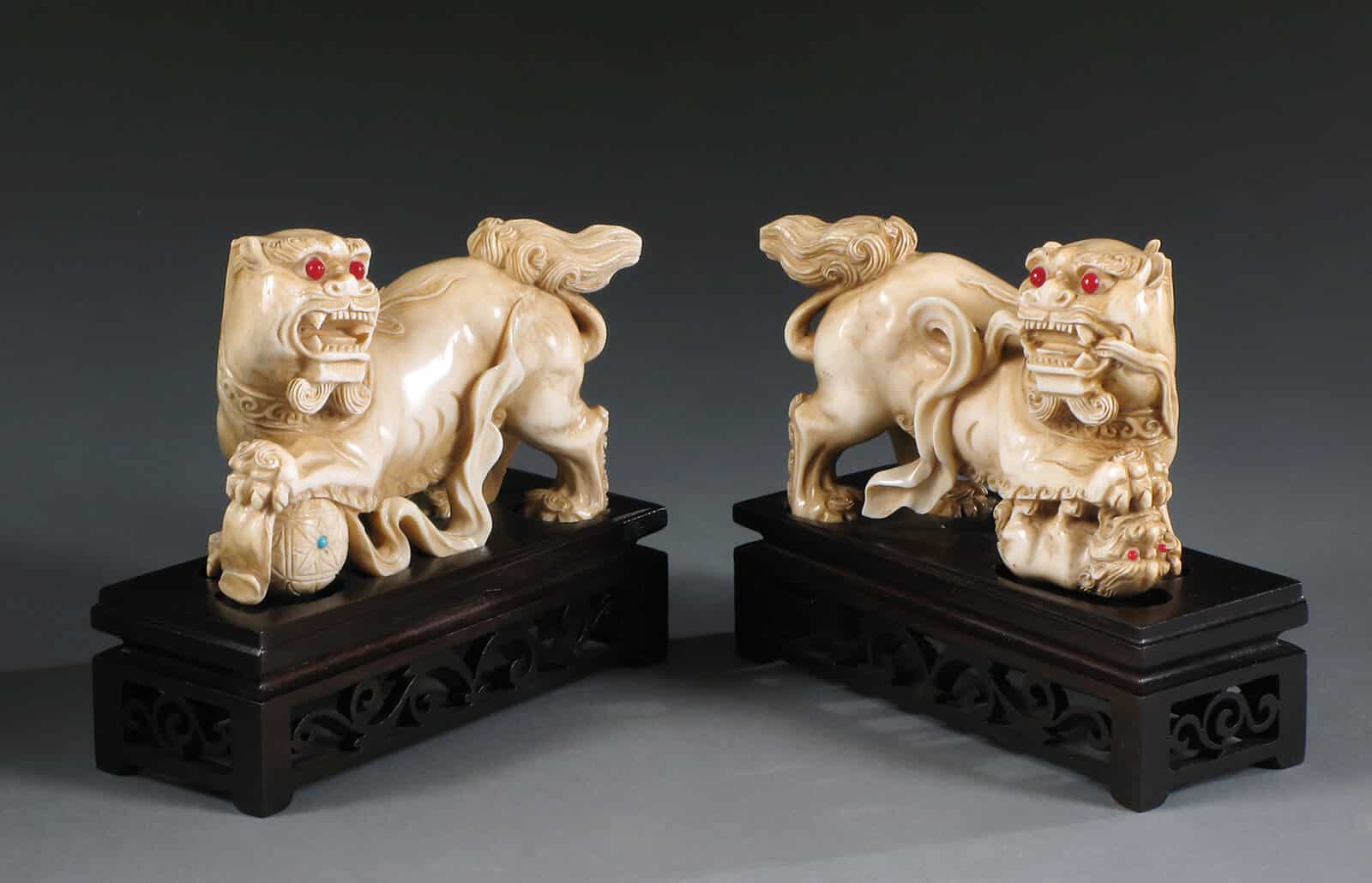
While there are many rules and regulations to follow, it may be possible to sell your ivory antique legally through the following 3 steps:
- Assess your antique
- Find your exemption
- Follow market protocols
1. Assess Your Antique
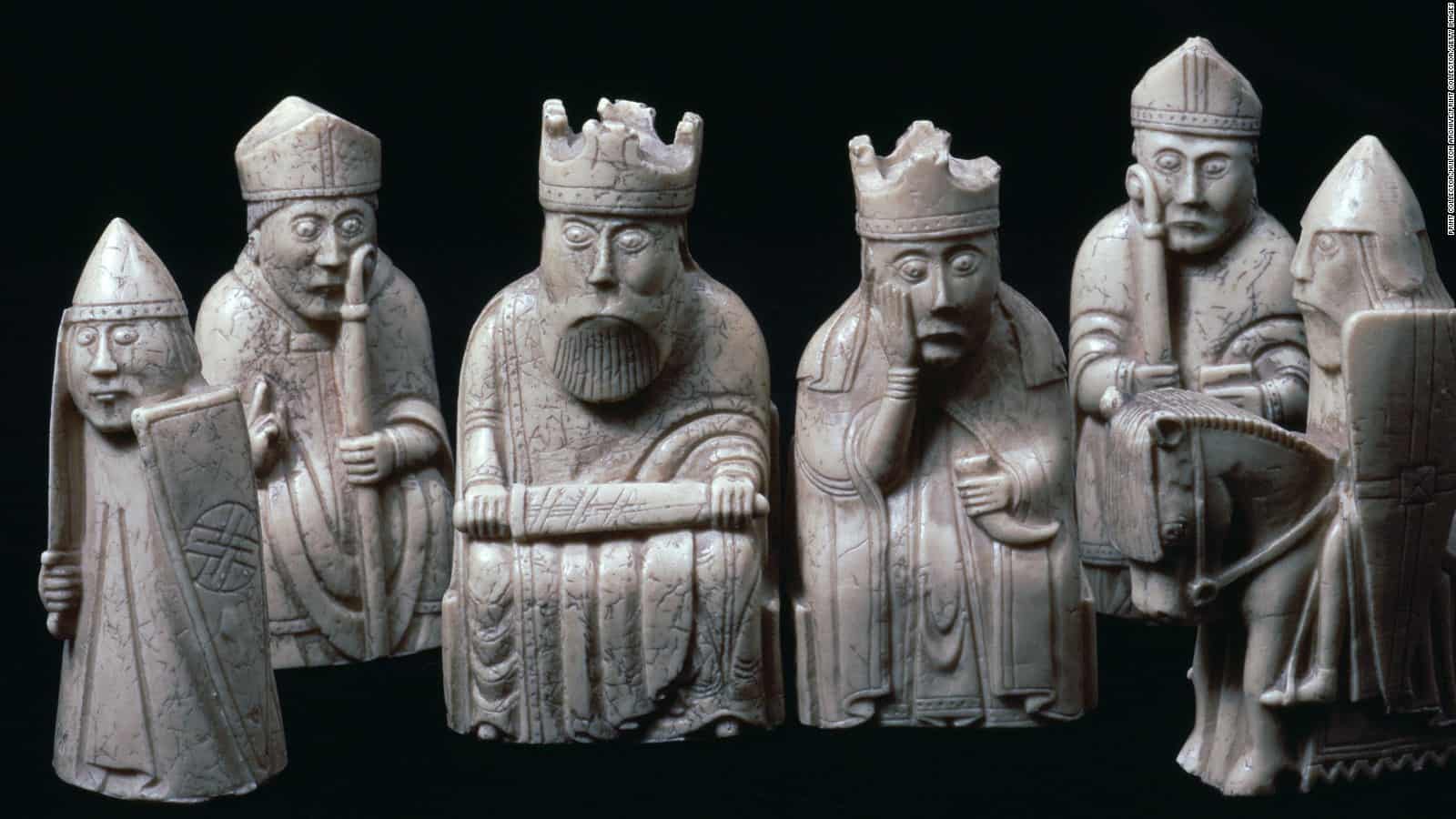
Before trying to sell your ivory antique, you need to find out exactly what kind of ivory it is and its age. Ivory usually comes from either African or Asian elephants, but there are different restrictions depending on which type of ivory it is. African elephant ivory imports are more restricted than Asian ivory, but Asian ivory commerce is more regulated.
The age of the antique will also determine if you can sell it, as antiques less than a century old usually cannot be sold legally.
The best way to assess your antique would be through any documentation you have on its origin. This could come through purchase receipts, letters describing the receipt of the antique if it was gifted or delivered to you, documentation that the antique was part of an estate dating back more than 100 years or clearly-dated photos of the antique.
If you inherited the antique or purchased it without any documentation, you may still be able to assess its material and age through a qualified appraisal. While qualified appraisals may be costly, they could provide the details you need to legally sell your ivory antiques.
To count as a qualified appraiser, the following must be met:
- The person completing the appraisal has received the knowledge and designation from a professional organization to undergo the appraisal process
- This person cannot be the buyer, seller, recipient, importer, or exporter of the appraised goods
The qualified appraisal must include:
- A thorough description of the article
- The name and address of the qualified appraiser, as well as their qualifications
- The date of the appraisal
- The scientific method used to determine the age and/or species of the material
- Descriptive information including the size, medium, artist of culture, approximate date of creation, and a professional-quality photo
- A detailed history including proof of authenticity
- The facts the appraiser used to analyze the item(s)
If you know your antique’s age but not it’s material or vice versa, you should still get an appraisal. Without both sets of information, your antique may be held at customs, the port, or the market.
2. Find Your Exemption
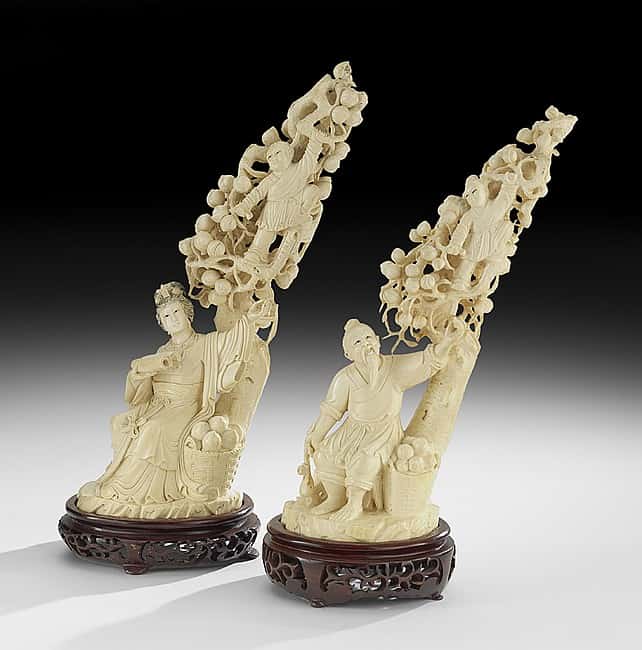
You can only sell an ivory antique if it meets one of the exemptions we mentioned early, which is why you must now narrow down which one is relevant for you.
For your antique to meet the ESA Antique Exemption, it must be:
- 100 years old or older
- Be wholly or partially made of an ESA-listed species
- Has not been fixed or changed with more parts from that species after December 27, 1973
- Imported (now or before) through an endangered species antique port
- This last point is not required if the antique was made in the U.S.
The De Minimis exception, on the other hand, demands that the item meet these criteria:
- The ivory is in the U.S. and was imported before January 18, 1990, or was imported through CITIES with no limitation on commercial use OR
- The item is outside of the U.S. and the ivory was removed from the wild before February 26, 1976
- The ivory is a part of a larger item and is not the primary source of value in the item (<50%)
- The ivory isn’t raw
- The ivory isn’t more than 50% of the item by volume
- The ivory weighs less than 200 grams in total
- The item was made before July 6, 2016
3. Follow Market Protocols
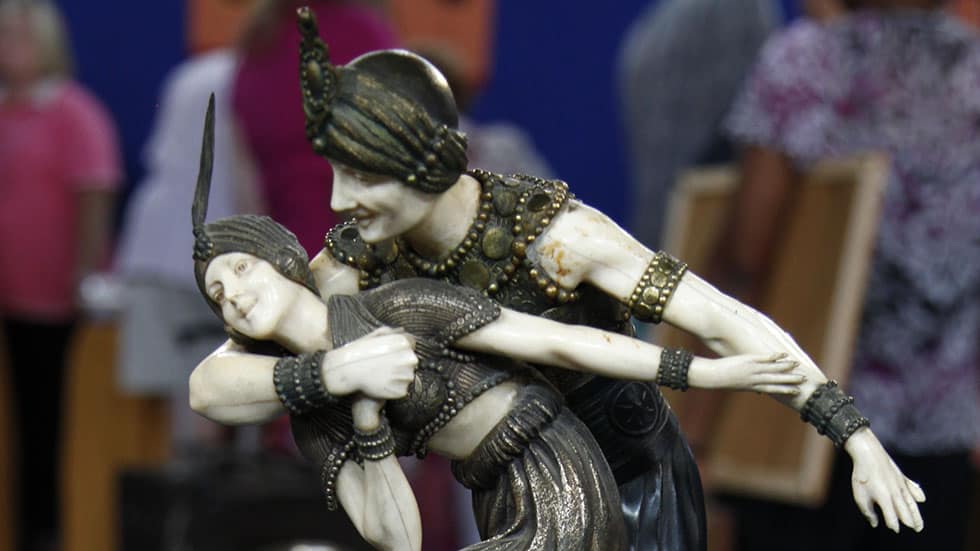
If your ivory antique meets an exemption’s criteria, you’re in luck! You can now choose from online and in-person markets to sell your ivory. Because of its relation to an endangered species, many online platforms prohibit selling ivory items – even if you have the proper paperwork.
Your best bet is to call your local antique market, antique deals, or antique auction house to get guidance on where you can sell your ivory antiques.
When it comes to selling your ivory, the proper paperwork and following all laws are key to avoiding fines or jail time. Remember that those wishing to sell their ivory out of state or internationally must also request a CITES permit.
In Summary
Ivory’s beauty is often undermined by the inhumane ways it is collected from endangered elephants. In the world of commerce, this is shown through federal and international laws limiting the sale and movement of such items.
For those who want to sell ivory antiques, you’ll need detailed and legitimate documentation to prove the age and material of your item. It will also have to classify for either an ESA Antique Exception or De Minimis exception to sell legally in the United States. Finally, for those selling ivory antiques across state or country lines, don’t forget your ESA permit.
